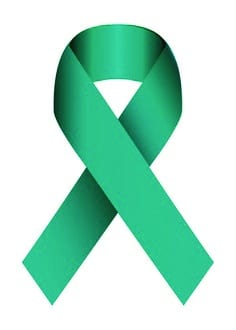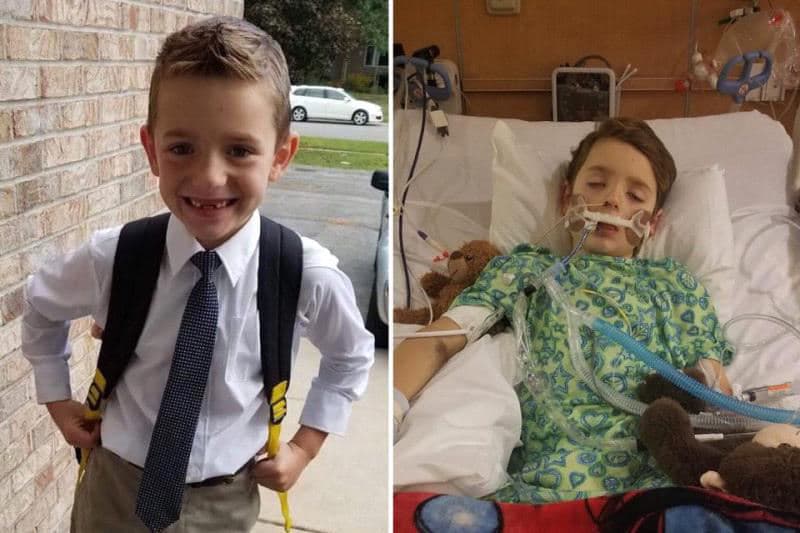
What are some of the symptoms of ovarian cancer?
Unfortunately, there are normally no symptoms in the early stages of ovarian cancer. Once the cancer progresses, more symptoms arise but often they are similar to the symptoms of other common illnesses. Some of the symptoms are: ¹
- Stomach swelling or bloating
- Feeling full quickly while eating
- Unexplained weight loss
- Pelvic pain or discomfort
- Increased need to urinate and/or constipation
What causes ovarian cancer?
Doctors know that cancer starts when a cell mutates in its DNA and the mutation triggers the cell to grow at a rapid pace and multiply, thereby creating a mass of abnormal cells. While doctors have been able to identify certain risk factors for ovarian cancer, they have not been able to specifically point to what causes it. ¹
What are some of the risk factors for ovarian cancer?
Several factors may contribute to your risk of ovarian cancer, such as: ¹
- Age – While ovarian cancer can happen at any age, women ages 50 to 60 are more at risk.
- Family history – Close relatives, such as sister, mother and aunt on either parent’s side who have had ovarian cancer increases your risk.
- Inherited gene mutations – Gene mutations that you inherit from your parents, such as BRCA1 and BRCA2, not only increase your risk of breast cancer but for ovarian cancer as well.
- Estrogen hormone replacement therapy – Long-term use, usually ten years or more, of estrogen hormone replacement therapy may increase your risk.
- Start/end ages of menstruation and menopause – The younger the age for menstruation and/or the older the age for menopause increases your risk.
- Certain previous cancers – If you have had colon, uterine or breast cancer, you are at an increased risk.
- Never given birth or fertility issues – If you have never given birth or had trouble getting pregnant, your risk is higher.
Can ovarian cancer be prevented?
While there are no ways to guarantee the prevention of ovarian cancer, there are some things you can do which may help lower your risk, such as: ¹
- Birth control pills – Using birth control pills for five years or more lowers risk, because oral contraceptives also have risks discuss this option with your doctor.
- Given birth – Your risk may be less if you have given birth.
- Certain surgical procedures – A tubal ligation, removal of both ovaries and a hysterectomy may lower your risk.
When should I see a doctor?
If you are experiencing any symptoms which aren’t normal for you, call your doctor. Ovarian cancer can often be treated successfully if caught in the early stages. If you have a risk factor for ovarian cancer or any cancer, reach out to your doctor to discuss any concerns you may have. ¹
More information
For more information visit the following websites:
- Your Track to Health
- Mayo Clinic
- The American Cancer Society
- National Ovarian Cancer Coalition
- Ovarian Cancer Research Fund Alliance
¹ www.mayoclinic.org
This is informational only, not a replacement for the medical advice of your physician.

